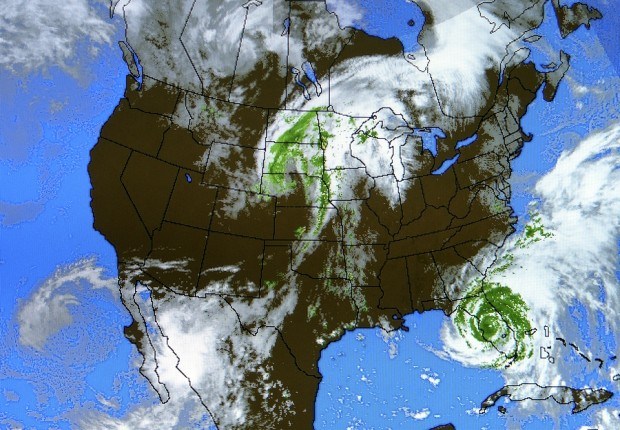The U.S and Canada both experienced below-average catastrophe losses in the first half of 2014, a trend that has been a relative boon for the property/casualty industry so far this year, Verisk Insurance Solutions determined in a new report.
In the U.S., there were 20 catastrophe events from January through June 2014, causing $9.5 billion in insured losses. About $6.5 billion of that number happened in the second quarter, a figure that hasn’t been that low since 2010, Verisk noted in “Continued Calm: PCS Q2 2014 Catastrophe Review.”
And while the U.S. catastrophe frequency was consistent with the 10-year average, insured losses were 5 percent lower versus the previous year and the same amount behind the 10-year average, Verisk said.
On the other hand, Canada experienced two catastrophe events in the first six months of the year, with the first event costing about $32 million ($34 Canadian). Cost estimates remain pending for the second event. But Verisk said that preliminary results show catastrophe losses dropped 98 percent so far this year compared to the first six months of 2013. The five-year average for Canadian catastrophe losses is nearly $600 million ($597 million, or $641 million in Canadian dollars). This year’s losses trail that figure by 95 percent, according to the report, but the final number could change once loss figures for the second event come in.
While losses have been down, property insurers and their customers have still felt some impact. Severe weather earlier this year smacked Texas, Illinois, Pennsylvania, Missouri, Nebraska, Colorado, Georgia, South Carolina, Ohio and Iowa, for example, the Verisk report noted. More than 60 percent of the first-half 2014 loss impact in the U.S. came from personal lines.
Verisk also noted that the relatively calm first half of 2014 could give way to a volatile second half, as hurricane season advances. While the hurricane season is expected to be below average, one weather event can still pack a punch.
“One event could cause this year’s catastrophe losses to spike, as Superstorm Sandy demonstrated in late 2012,” the Verisk report stated.
The report suggested that insurers should be prepared for multiple catastrophe events, even in a hurricane seasons where few events are expected.
“The insurer ready for that possibility, even in a quiet year, will be best positioned to respond to claimant needs quickly and carefully, demonstrating superior service when their customers need them most,” Verisk said.





















 AI-Powered Insurance Product Development Is Going to Take Some Powering Through
AI-Powered Insurance Product Development Is Going to Take Some Powering Through  Travelers: Distracted Driving Incidents Continue to Rise
Travelers: Distracted Driving Incidents Continue to Rise  Uncertainty Keeps Prices Up; No Prior-Year Loss Development: Travelers
Uncertainty Keeps Prices Up; No Prior-Year Loss Development: Travelers  Florida Gets 8 New P/C Carriers After Insurance Market Reforms
Florida Gets 8 New P/C Carriers After Insurance Market Reforms 





